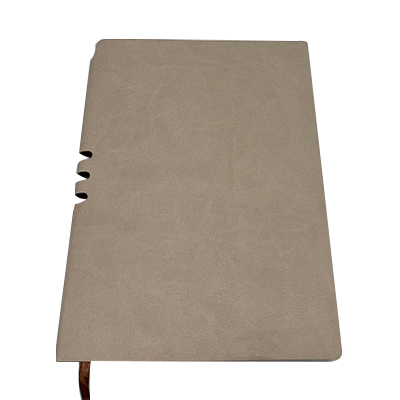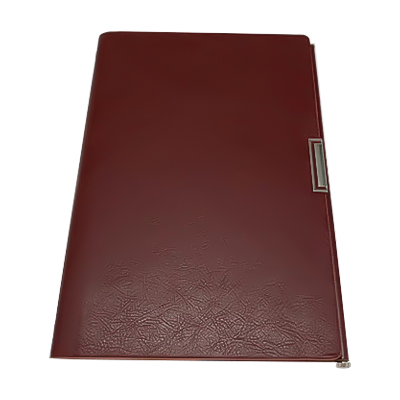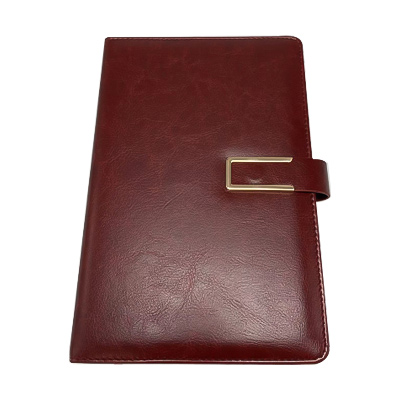Environmental protection advantages: The environmental protection advantages of paper tableware are mainly reflected in the degradability of its materials. In contrast, traditional plastic tableware is usually made from fossil fuels such as petroleum. These materials degrade slowly in the natural environment and produce toxic microplastic particles, causing serious pollution to soil and water sources. Paper tableware is usually made of natural plant fibers such as paper pulp. It can naturally decompose in the natural environment after a certain period of time and will not cause long-term pollution to the environment, so it is more popular among people.
2. Renewability: The raw materials of paper tableware are mainly from renewable plant fibers, such as wood, bamboo, etc. These plant resources have a faster regeneration cycle. In contrast, the raw materials for plastic tableware mainly come from limited resources such as petroleum. As resources are consumed, their supply will become increasingly tight. Therefore, paper tableware is more sustainable in terms of resource utilization and is conducive to protecting the natural environment and ecological balance.
3. Health and safety: Paper tableware usually does not contain harmful chemicals, while plastic tableware may contain some toxic chemicals, such as bisphenol A (BPA), etc. These substances may leak into food and are harmful to human health. causing potential risks. Paper tableware is processed at high temperatures and does not release harmful substances during the production process. It is safer and more reliable and meets people's high requirements for food safety.
4. Degradation speed: Paper tableware degrades quickly. Generally, the degradation cycle in the natural environment is relatively short, and most of them can be completely degraded within a few months to a few years. However, due to the strong stability of the material structure, plastic tableware degrades slowly and may even take hundreds of years or longer to completely degrade, thus placing a greater burden on the environment.
5. Hygienic and reliable: Paper tableware usually undergoes strict hygienic treatment and high-temperature sterilization during the production process to ensure the hygienic safety of the product. The production process of plastic tableware may contain some additives, and bacteria can easily breed on the surface, posing potential threats to human health. Therefore, paper tableware is more popular among consumers, especially those who have high requirements for food safety.
6. Design diversity: The production process of paper tableware makes it easier to achieve diverse designs and shapes, and can be customized according to different user groups and usage scenarios. In contrast, plastic tableware is limited by material properties and processing technology, and can usually only achieve simple designs and shapes, lacking personalization and innovation.
7. Cost controllable: The raw materials for paper tableware are relatively easy to obtain and the prices are relatively stable, resulting in low manufacturing costs. In contrast, the raw material prices of plastic tableware are affected by factors such as crude oil prices, and the cost fluctuates greatly. Therefore, in the long-term operation, paper tableware has more cost advantages, which is helpful for enterprises to reduce production costs and improve competitiveness.
Printed paper take away box 4
Package your food the right way for to-go orders or deliveries. This paper takeout container has flaps that open wide for quick food placement and is made of sturdy material that keeps your food from getting dirty or wet until arrival. This container is microwave safe and retains heat while venting steam through the corners to keep food fresh and ready to eat. It has a poly coated interior to prevent oil and grease from soaking through and is leak and spill-resistant, making it great to use for both wet and dry foods.

 English
English Deutsch
Deutsch Français
Français Español
Español русский
русский عربى
عربى





